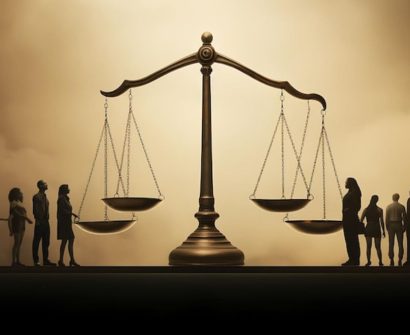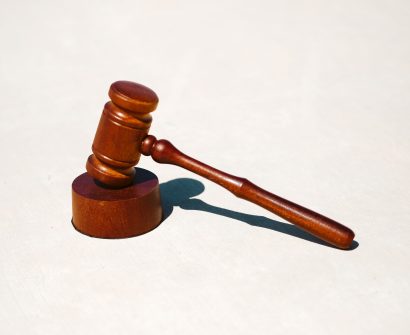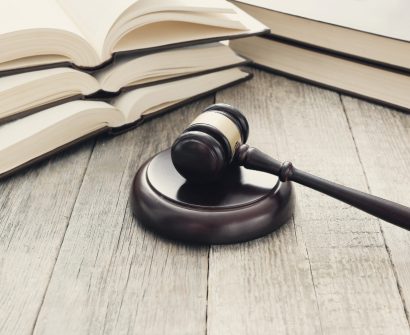
Few catastrophes have generated as much discussion and profound emotions among individuals in the great landscape of human misery as the rohingya crisis. This humanitarian crisis, which began in Myanmar, shocked people across the world and prompted immediate pleas for action and support. Nevertheless, there are rays of confidence mingled with despair; there are tales of determination, compassion, and resolve that shine like lights in the darkness.
It is important to bring awareness to these stories of hope being reestablished as the entire world struggles with the multifaceted nature of this issue.
rohingya refugees: Who are They?
- The idea of citizenship, which on the one hand denotes certain rights and on the other supports the beginning of misery for those who are deprived of it, gave rise to the category of “non-state persons.”
- The Rohingyas are a Muslim ethnic minority without a state that lives in western Myanmar’s Rakhine province, formerly known as Arakan state.
- They face prejudice, persecution, and exploitation there.
rohingya issue
- As a minority population, the rohingya muslims mostly reside in the state of Rakhine and have their own dialect and customs. The rohingya refugees were not included in Myanmar’s first census of 2014; instead, their people were told to register as Bengalis.
- The Rohingya are now regarded as one of the largest stateless populations in the world since the Myanmar government refuses to acknowledge them.
- Twelve state security personnel were killed in an attack on 30 police posts and a military camp by the Arakan Rohingya Salvation Army, a group of Rohingya people who are fighting oppression in Myanmar, in August 2017, which sparked the exodus.
- The Security forces then retaliated violently, committing systematic acts of torture, mass killing, rape, village burning, and annihilation.
Rohingya Crisis: PIL to Protect Legal Rights
- Public interest litigation (PILs) has proliferated in response to this, with Mr. Mohammed Balimuolla, a citizen of Myanmar, filing a PIL to defend the rights of the rohingya refugees due to the pervasive violence, bloodshed, and persecution in their homeland. The Center’s counter-affidavit claims that security risks and resource depletion are present.
- One of the problems with the Genocide Convention is that its description of the crime is insufficient since it ignores factors such as gender, environment, and politics.
- In addition, the Convention does not offer recompense to the victims who have suffered injustice.
- Furthermore, although the Genocide Convention does not specifically address universal jurisdiction, it does list genocide as a crime with universal jurisdiction.
rohingya in india: Reparations
- The Rohingya refugees seek reparations and compensation for their losses. The International Criminal Court’s Statute acknowledges the need to establish guidelines for victim reparation.
- Commissions on truth and reconciliation, for instance, could be a useful tool for promoting accountability and healing.
- However, there hasn’t been much conversation in international forums about the potential for a uniform program to provide compensation or reparations for refugees.
rohingya in india: India’s Response
- The Indian government maintains that Myanmar’s unity and territorial integrity should be preserved and has remained mostly silent about the horrors experienced by the Rohingya people.
- 18000 Rohingyas have sought safety in India during the previous ten years, according to UNHCR data. While security officials assert that some Rohingyas have sympathies with extremist beliefs and may pose a threat to internal security, India has described these refugees as “illegal immigrants.”
- Consequently, India declared its intention to deport the Rohingya people, claiming that it is not bound by any national framework for refugee protection nor a party to the 1951 Refugee Convention or its 1967 Protocol.
- Nonetheless, it moved quickly to address the Rohingya situation in Bangladesh, offering support through “Operation INSANIYAT” and providing material relief to Rohingya refugees residing there.
rohingya genocide: Current Situation
- Presently, a million Rohingya are housed in cramped camps in Bangladesh; most of them fled Myanmar in 2017 to avoid the military’s crimes against humanity, including possible genocide.
- There are still an estimated 600,000 Rohingya people residing in Rakhine State, where they are denied the availability of enough food, medical care, schooling, and employment opportunities, are subject to violence and persecution, and are confined to camps and villages with limited freedom of movement.
The issues regarding the protection of Rohingya refugees need some serious and genuine considerations by the policy makers. Determining the refugees’ status and the part India may play in helping to find long-term solutions to the problem has become crucial. It is evident that Delhi has favoured quiet diplomacy over loud diplomacy.
The primary concern is how India can improve the efficacy of its strategy to guarantee safeguards against resurgent hostilities in Rakhine, enable the refugees’ safe repatriation to Myanmar, and reduce the possibility of Rohingya refugees being involved in terrorist operations. Delhi may take the lead in resolving the situation if it plays a proactive and successful role in these areas.
Rohingya Crisis FAQs
- How bad is the refugee crisis?
Conflicts in the twenty-first century have already produced millions of refugees. In reality, the UN High Commission for Refugees (UNHCR) estimated that there were 36.4 million refugees globally by mid-2023, a figure that had doubled in only the previous seven years.
- What are some possible solutions to the refugee crisis?
- Voluntary retreats in a dignified and safe manner;
- Local integration; etc.
- Relocation to a different nation or area.
- Why did Rohingya flee to Bangladesh?
In Myanmar, the Rohingya community has long been subjected to violence and prejudice. When the armed violence in Rakhine State worsened in August 2017, the Rohingya fled to Bangladesh, which is nearby.
- What happened in the Rohingya crisis?
The UN discovered proof of widespread abuses of human rights, such as infanticides, gang rapes, extrajudicial killings, summary executions, and arson of Rohingya villages, businesses, and schools. Between August 25, 2017, and September 24, 2017, the first month of violence, at least 6,700 Rohingya were slain.
- Why did Myanmar target Rohingya?
Because of their ethnic and religious identity, the Rohingya people have been targeted by the Burmese military. Genocide and crimes against humanity are committed by the military. The future is still unknown for a great number of Rohingya victims and survivors since their community is still under attack.
- Who is responsible for the Rohingya crisis?
Since the late 1970s, the government of Myanmar has implemented discriminatory laws that have forced hundreds of thousands of Muslims, known as Rohingya, to leave their homes in the largely Buddhist nation. While some have travelled by sea to reach Indonesia, Malaysia, and Thailand, the majority have entered Bangladesh on land.
- How can we stop the Rohingya crisis?
Returning the Rohingya people to their ancestral homes while upholding their rights and dignity is the only long-term solution to the Rohingya situation. An indication of the possibility of resolving this issue is the 1978 repatriation of Rohingya.
- Which Online rjs coaching is best for RJS preparation?
The reputable Jaipur Online rjs coaching program “Jyoti Judiciary Coaching” aids students in getting ready for the RJS exam. A systematic approach to RJS test preparation is made possible by Jyoti Judiciary, the top offline and online RJS coaching program in Jaipur. Their curriculum has been carefully designed to cover all the subjects and courses required for passing the Rajasthan Judicial Service Examinations.
- Which coaching is best for judiciary?
The most effective judiciary coaching in Jaipur is provided by Jyoti Judiciary Coaching. The objective is to create a comfortable learning environment for the students. It makes the difficult task seem easy, which increases the likelihood of achieving the desired outcome. The objective at Jyoti Judiciary is to give students the best possible education possible. The Institute pledges to use every resource at its disposal to provide you with the finest preparation for the Judicial Services entrance examinations.
With the goal of giving students the best coaching available for law entrance exams including the CLAT, AILET, and various other numerous state judiciary exams, Jyoti Judiciary Coaching, India’s Finest educational Platform, was established. Come enrol now with Jyoti Judiciary!
For any latest news, legal topics, judiciary exams notifications, patterns, etc watch Jyoti Judiciary’s YouTube channel for legal videos for any updates at https://youtube.com/@jyotijudiciarycoaching4852?si=2cwubh9d2A9urwJf










